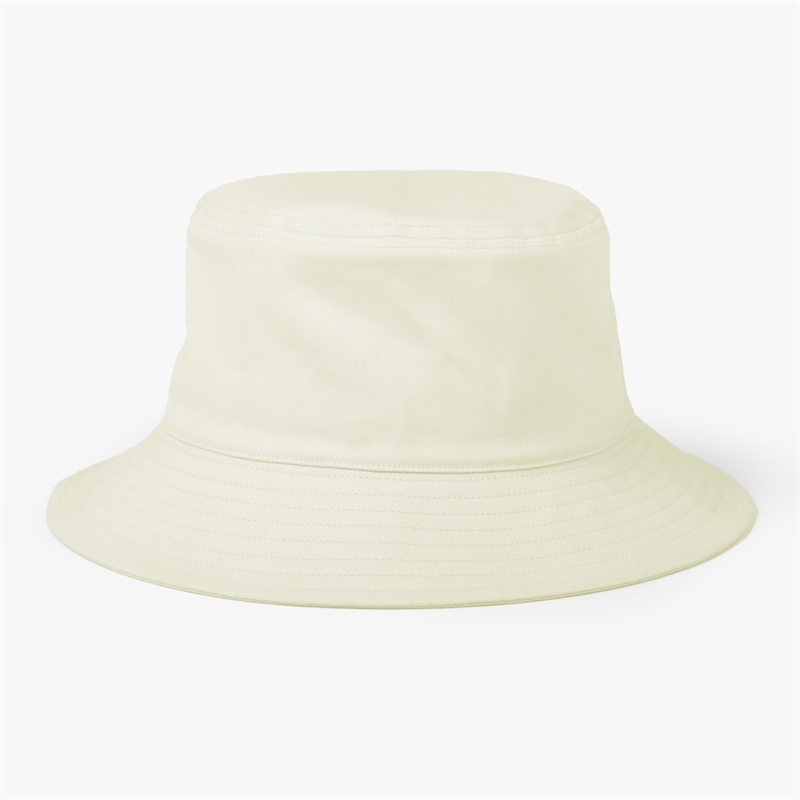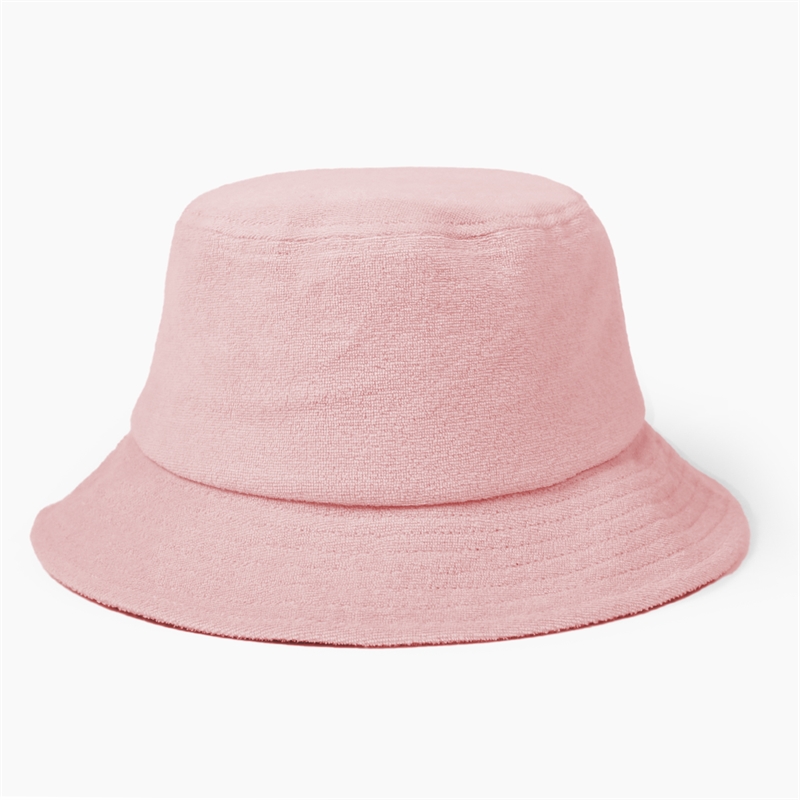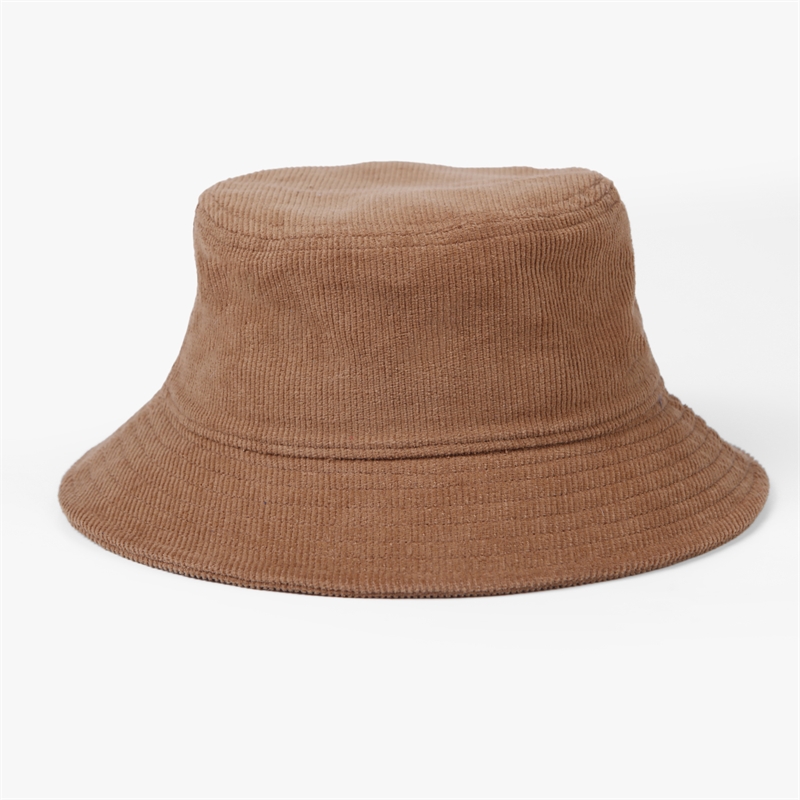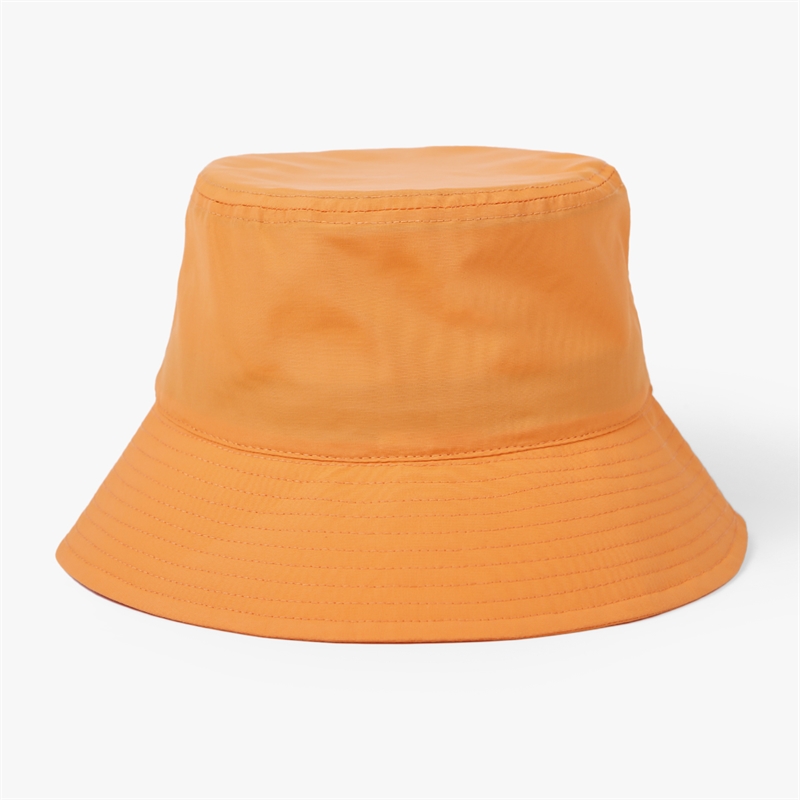What Material and Fabric are Bucket Hats Made of ?
Mar 10,2023 | ForemostHat
Bucket hat is an important item in our daily life, and people do need bucket hat for their daily use, for protecting from sunburn, for daily enjoy etc. Also, the bucket hat is a very flexible and compact type of hat, normally made of different material, from cotton to wool. Its design has a hanging wing that falls in front of the face.
For today’s use, bucket hat is an accessory whose fame is on the scale, and it attracted the attention of countless famous brands that have incorporated it into their lines. Today’s article, we would introduce the material and fabric of the bucket hats, and hopefully you would like it!!
Basics of Bucket Hat?
Bucket hat, a very flexible and compact type of hat. It is generally made of different materials, from cotton to wool. Its design has a hanging wing that falls in front of the face; this is designed to protect the wearer from the Sun during fishing.
How Are Bucket Hats Made?
The manufacturing process of the “bucket” hats is relatively easy. The first thing needed is to have the three main pieces: the body, the cup, and the brim. Once you have the pieces with the correct measurements, they are carefully intertwined and sewn together. The method most used by some manufacturing companies is that they create two different hats and sew them together so that it’s reversible.
Details of those fabric?
There are many fabrics used for bucket manufacturing, such as cotton, denim, Terry Towel, Curduroy, Leather, Nylon, Fur etc. These terminology can be confusing sometimes. What are they? What can they be used for? Here, let me explain some of them!!
1. Cotton
What type of fiber is cotton?
Cotton is a seed-hair fiber made mostly of cellulose. The fibers are composed of about 87 to 90 percent cellulose (a carbohydrate plant substance), 5 to 8 percent water, and 4 to 6 percent natural impurities.
Basic History of Cotton?
Cotton was used for clothing in present-day Peru and Mexico perhaps as long as 5,000 years ago. Also, cotton was grown, spun, and woven in ancient India, China, Egypt, and Pakistan, around 3000 B.C.
Raw Materials?
The materials required to take cotton bolls to spun cotton include cottonseeds for planting; pesticides, such as insecticides, fungicides, and herbicides, to battle disease and harmful insects; and fertilizers to enrich the soil.
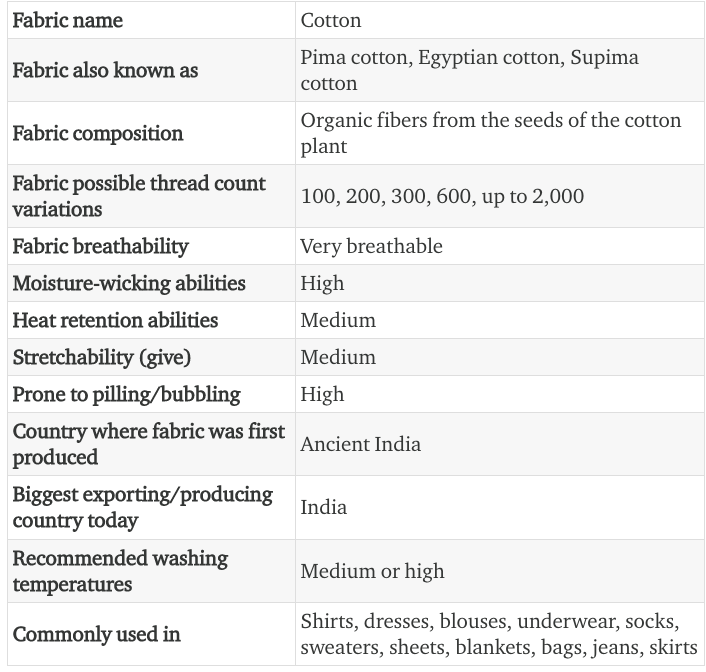
2. Denim
What is Denim Fabric?
Denim is a sturdy cotton warp-faced textile in which the weft passes under two or more warp threads. This twill weaving produces a diagonal ribbing that distinguishes it from cotton duck. While a denim predecessor known as dungaree has been produced in India for hundreds of years, denim as it is recognized today was first produced in Nîmes, France.
Is denim easy to clean?
When it comes to your jeans, less is more. Washing, that is. Jeans only need to be washed, at most, once every five wears. You should always wash your jeans inside out to prevent undue fading and tumble dry on low to maintain fit.
How to Maintaining Denim?
When it comes to maintaining denim, you may want to go against your instinct to keep your clothes looking new. Denim ages and breaks in well, becoming more comfortable as it gets older. True denim should be worn in so it can mold to your form, get softer, and cultivate its own personality. Read: very low maintenance.
Does Denim Wrinkle?
Denim does not wrinkle and denim jeans are easy to care for.

3. Terry Towel
Terry Towelling is a fabric made up of loops within the weave that enhances the materials absorbency. Used predominantly in towels and gowns, the adaptability of Terry Towelling means it can be used in soft toys and even clothing apparel.
How to weave terry towel?
Terry or Cotton Terry. Terry cloth is a fabric with uncut loops or pile, deliberately standing away from the base. It is woven using two warp beams: the ground warp, which forms the base of the towel and the pile warp.
History of Terry Weaving
The name “terry” comes from the French word “tirer” which means to pull out, referring to the pile loops which were pulled out by hand to make absorbent traditional Turkish toweling. Latin “vellus”, meaning hair, has the derivation “velour”, which is the toweling with cut loops.
Construction of Terry Towels
Terry towels are woven as 2, 3, 4, 5 or more pick terry weaves. The most common type is 3-pick terry towelling. The cross-section of a towelling through the Warps are divided into two systems as shown in Figure 3, pile warps and ground warps, whereas wefts consist of only one system.
4. Corduroy
What is corduroy fabric?
Corduroy is a durable, ridged fabric that textile producers can make with a variety of different materials. This fabric is most notable for its unique ridged pattern, which corduroy producers can weave in a variety of widths.
Corduroy technical specifications
Corduroy consists of three separate yarns woven together. The two primary yarns create a plain or a twill weave, and the third yarn intersperses into this weave in the filling direction, forming floats that pass over at least four warp yarns.
Where is corduroy fabric produced?
The world’s largest textile producer is China. While India is the largest producer of cotton and other countries lead the world’s wool market, China produces the most finished garments per year of any nation on the face of the planet.
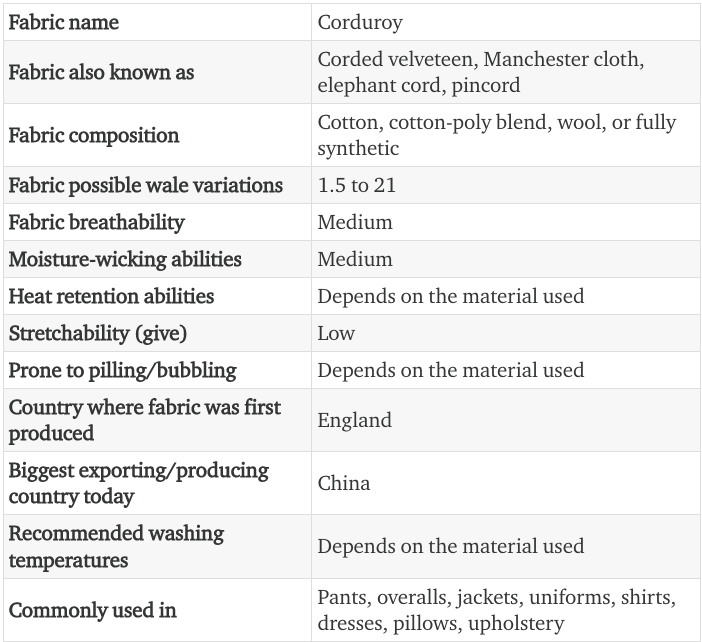
5. Polyester
What Is Polyester Fabric?
Polyester is a synthetic fabric that’s usually derived from petroleum. This fabric is one of the world’s most popular textiles, and it is used in thousands of different consumer and industrial applications.

Advantage of Polyester?
Low Cost. Polyester production costs less than manufacturing cotton or wool. Polyester fibers can be mass-produced in enormous quantities at a low cost. This results in a lower cost for the consumer, which is the greatest advantage of polyester.
Durability. Polyester’s long, stable polymers make this fabric strong and resilient. Because of this, Polyester also holds its shape well and doesn’t easily get stretched out. Despite its strength, 100% polyester is a supple, lightweight fabric that works well for many styles of clothing.
Disadvantage of Polyester?
Lack of Breathability. The biggest complaint of polyester is its lack of breathability. Polyester fibers are essentially plastic. Many people prefer the natural, loose weave of cotton that is far more breathable.
Flammability. While polyester has a high burn point, it does melt more easily than you might think, which can cause serious injuries. Polyester melting will fuse to your skin and will require professional medical treatment.
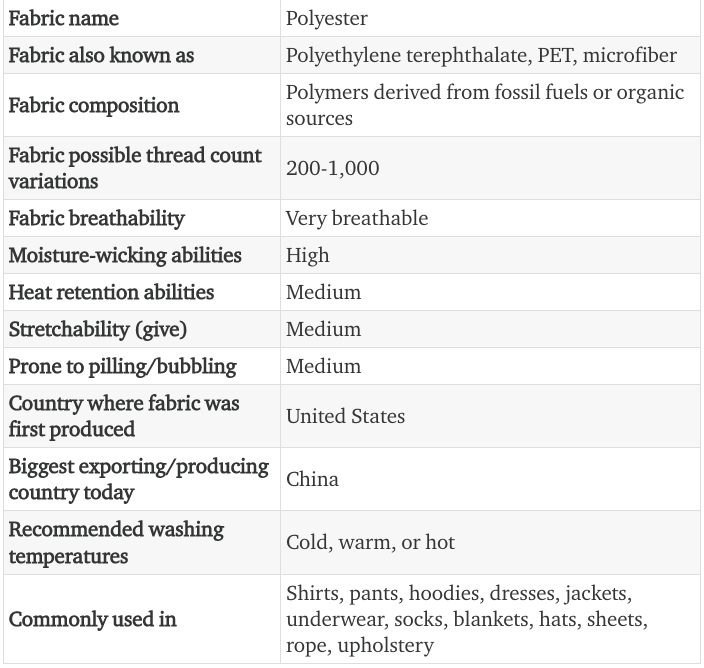
6. Nylon
What is Nylon?
Nylon is the most useful synthetic material with applications varying from daily life activities to industries. It is a plastic which can be drawn into fibres or moulded into daily products for making amenities. We can live our entire life with nylon on our side.
Nylon can be drawn, cast, or extruded through spinnerets from a melt or solution to form fibres, filaments, bristles, or sheets to be manufactured into yarn, fabric, and cordage; and it can be formed into molded products. It has high resistance to wear, heat, and chemicals.
Advantage of Nylon Fabric?
Durable. Nylon was originally made as a cheaper, more durable alternative to silk. ...
Resists Moisture.
Water-resistant. Instead of absorbing and retaining moisture like natural fibers, nylon tends to push it to the surface, where it more readily evaporates.
Disadvantage of Nylon Fabric?
Poor resistance to heat. It is of significant disadvantage to the utilization of products in cold environments like winter. Also, the antistatic properties of the nylon material are not very good.
Weak antistatic ability, and it is common for clothes to have static electricity, because static electricity is easy to stimulate human skin and has a great impact on human health in the long run.
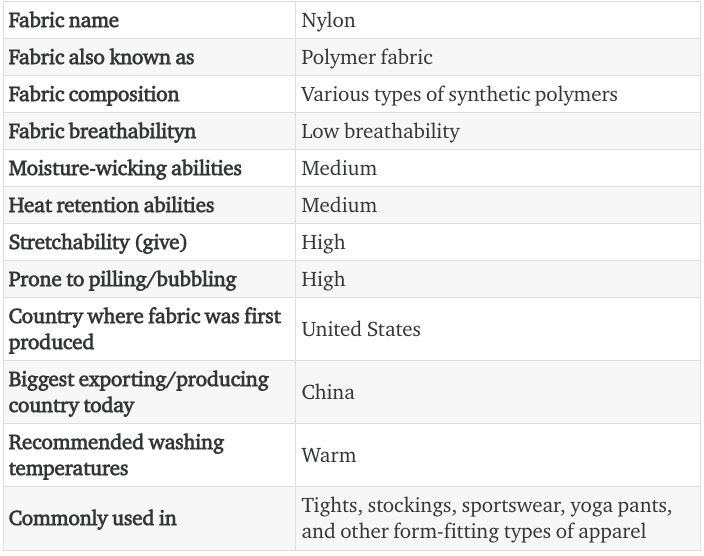
7. Leather
What is leather fabric?
Leather is a natural fabric made using tanned animal skin. Believed to be the first fabric crafted with human hands, leather has evolved significantly over the millennia. It’s one of the most desirable textile products due to its durability, water-resistance, insulative properties, and luxurious softness.
Advantage of leather?
Long lastingness. A leather product is durable and long-lasting that builds trust among users. Leather industries are trying their level best to utilize this trust in their world and that goes ahead.
Adds value to your money. There are many products in buying which people spend much money, but they don’t get the desired value of the product in return.
Disadvantage of Leather?
Price factor. Leather products are by born costly because the qualities leather offer is rare in other materials. Also the higher the cost is which is quite natural.
Temperature. They should be kept in a well-ventilated area where air can easily transmit into and the place where leather is stored should include a temperature of 15-20° and relative humidity between 50-70%.
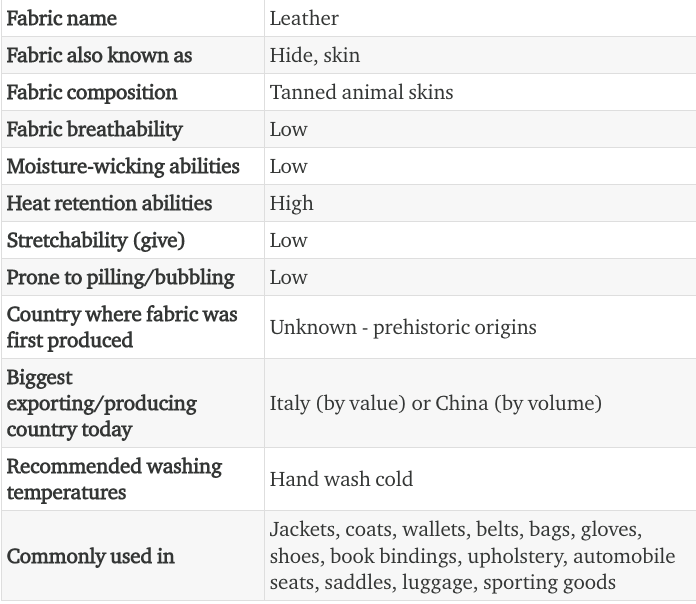
8. Fur
What is fur fabric?
The fabric obtained from long-haired animals is called fur fabric. The fur from which mammals are collected is not generally accepted as a by-product of the meat industry. In the case of fur, the meat of these animals is not usually eaten.

Advantage of Fur?
Warm and good for care restoration. They can provide warmth and comfort for a lifetime. Depending upon your region’s climate, many fur accessories can be worn year-round, making fur an even more cost-effective investment.
Disadvantage of Fur?
Natural resource for materials. Fur from animals is considered to be a natural and renewable source since the animals can be bred naturally. Also, the process of extraction and processing requires modern technology which is very expensive adding to the cost of the final product.
9. Velvet
What is velvet fabric?
Velvet is a sleek, soft fabric that is commonly used in intimate garments, upholstery and other textile applications. Due to how expensive it was to produce velvet textiles in the past, this fabric is often associated with the aristocracy.
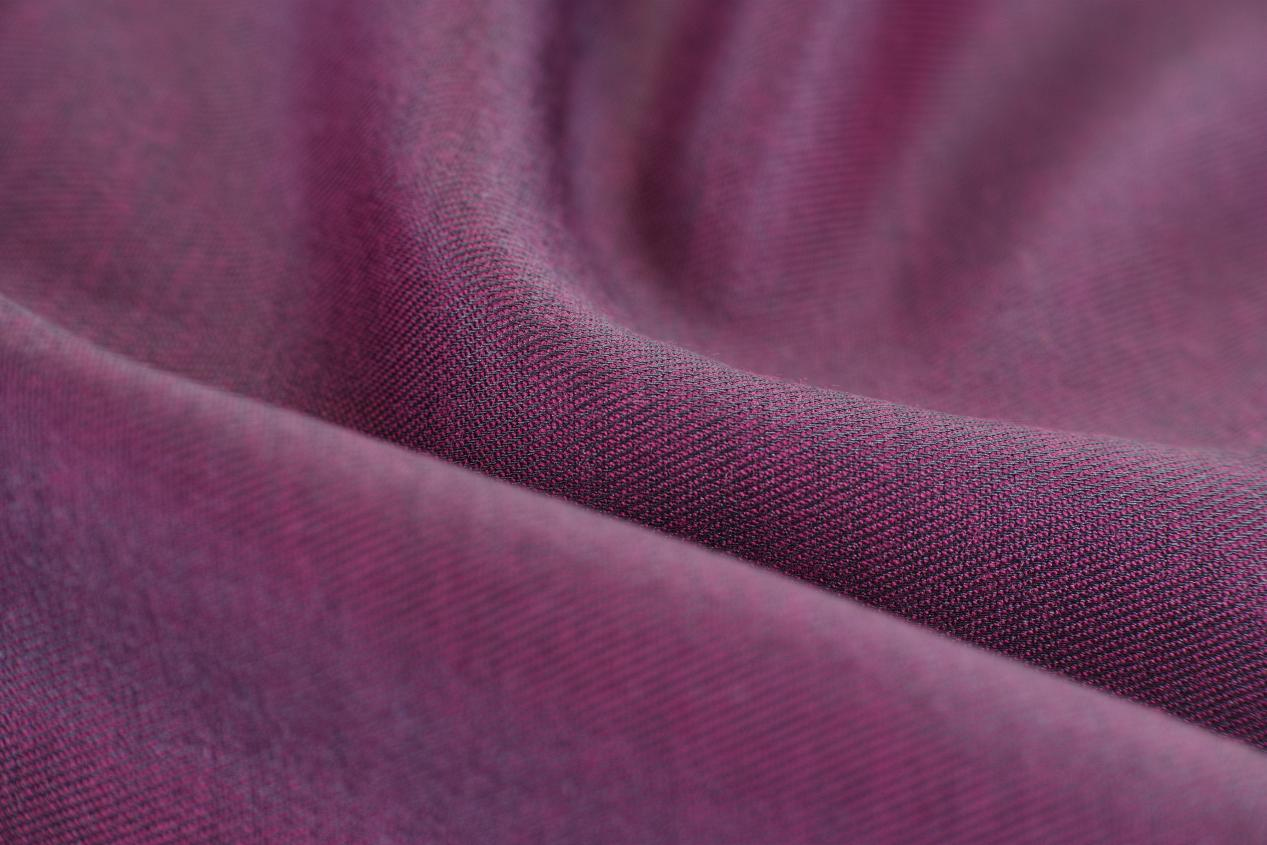
What’s the history of velvet
The first recorded mention of velvet fabric is from the 14th century, and scholars of the past mostly believed that this textile was originally produced in East Asia before making its way down the Silk Road into Europe.
How’s velvet today?
When machine looms were invented, velvet production became much less expensive, and the development of synthetic fabrics that somewhat approximate the properties of silk finally brought the wonders of velvet to even the lowest rungs of society. It’s a material for curtains, blankets, stuffed animals, and all manner of other products.
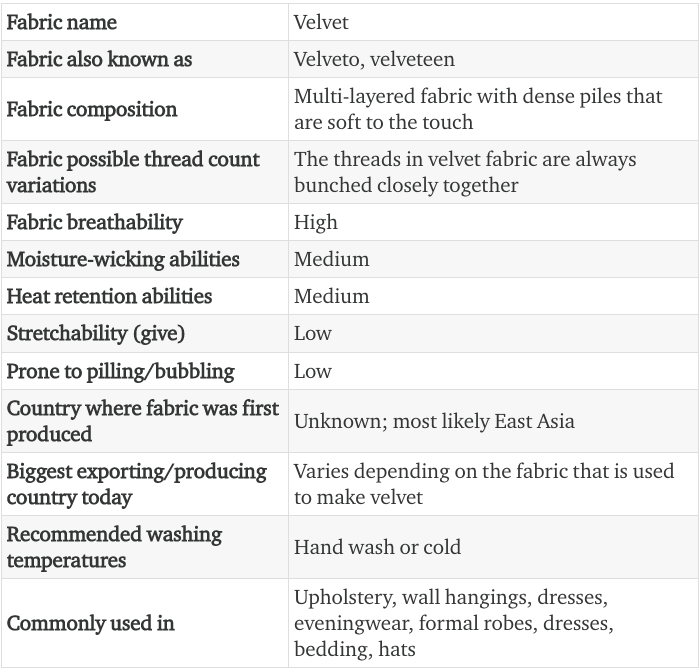
What other ideas can you share with us about bucket hat? Any new ideas about this product to share with us? If you do enjoy this blog post, please share it with friends or just leave us some comments!!

